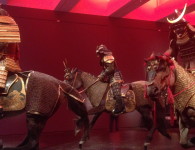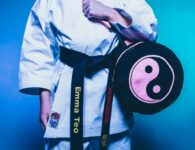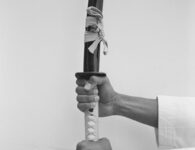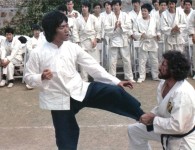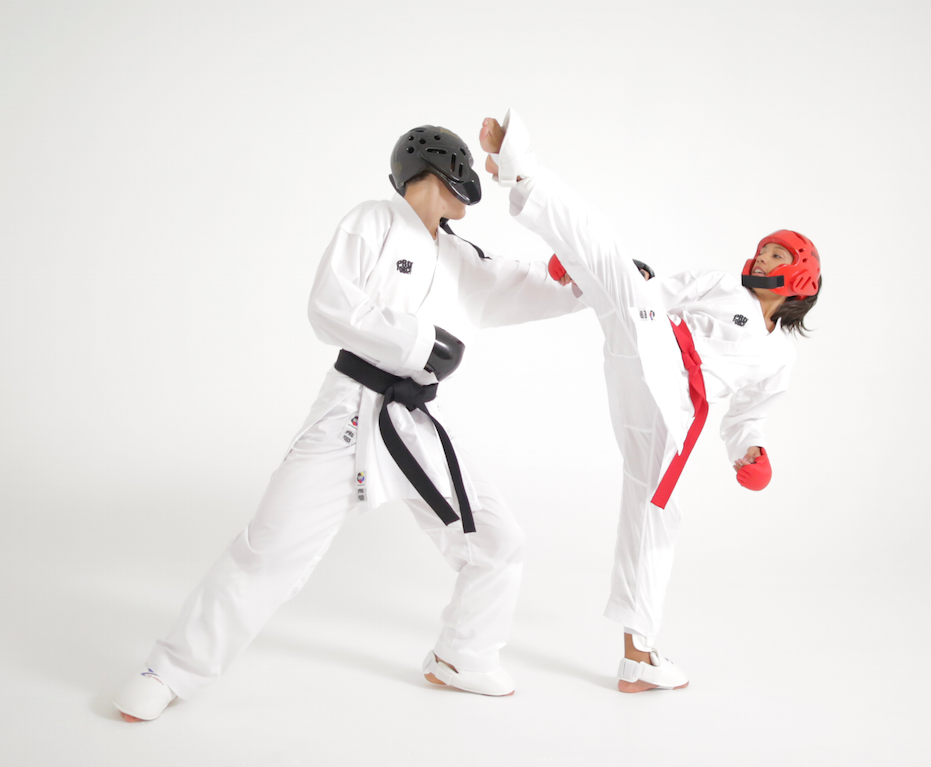
Are you ready to buy your first Karate uniform, either for yourself or your child, but not sure where to start? Can’t tell a pair of judo pants from a gi top? You’ve come to the right place. Whatever your goals are as a martial artist, this guide will put you on the right path. We’ll introduce you to the basic concepts of a Karate uniform, teach you what you should look for in a good one, and show you how to find and purchase the right Karate uniform in the size, weight, and color that will help you reach your full potential in training and competition.
What is a Karate uniform?
A Karate uniform, also known as a Karate gi, is made up of two parts: pants and a jacket. The pants, similar in nature to Judo pants, are fairly loose-fitting and secured in place by either elastic or a drawstring, depending on the design of the Karate pants. The top portion of a Karate uniform comes in two options: a jacket or a pull-over top. The jacket-style top, which is wrapped around the body and held in place with a belt, is the more common and more traditional option, but the pull-over top (which is similar in design to the top of a Taekwondo uniform) is also available for anyone who is concerned about their jacket coming undone during training. These Karate uniforms come in a variety of fabrics, weaves, sizes, and colors. Deciding on the right combination of these factors for you will depend on what you need, what your requests of its students, and a touch of personal preference and style.
What are your gym’s uniform standards?
The first step any student should take when they’re about to purchase their first Karate uniform is to ask their instructor or another representative from their gym for their opinion. Different gyms can have different rules about Karate uniforms. Some will allow any color of gi while others might require their students to wear white. Others might require you to add certain patches to your uniform. So it’s important to make sure that you understand what your particular gym’s Karate uniform requirements are before you buy. Your coaches will also be able to help make sure that any jacket and Karate pants that you buy will fit the rules and regulations of any Karate tournaments or competitions that you might be interesting in participating in as your training progresses.
What size?
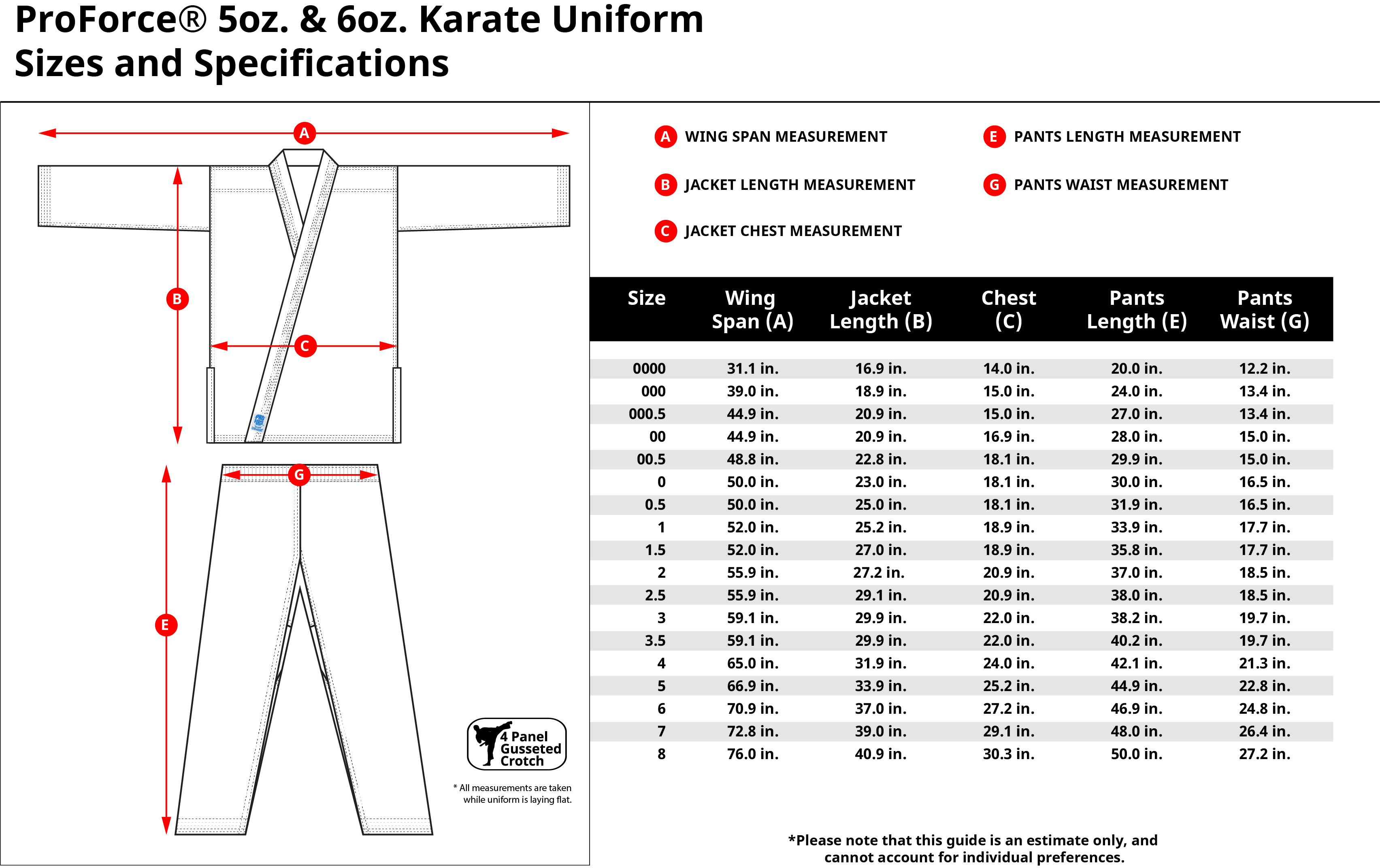
Karate tops and Karate pants come in a wide variety of children’s and adult sizes to make sure that each martial artist finds the perfect fit: loose enough to allow proper body movement without being so baggy that it ends up getting in your way or tripping you up. To find that fit for you, AWMA.com provides size guides like the one seen above for each Karate uniform that we sell. Measure yourself, then consult the chart to find the appropriate wing span, jacket length, chest measurement, Karate pants length measurement, and Karate pants waist measurement to find out what size will be best for you.
What fabric and weight?
Karate jackets and Karate pants come in a variety of different fabrics blends. 100% cotton uniforms are the most common and most traditional option, but gis made out of blended fabrics are also available. They’re not as durable as their cotton counterparts, but they are great for beginners and can be easier to care for.
Karate gis also come in three different fabric weaves: lightweight, medium weight, and heavy weight. Lightweight Karate pants and tops are generally a good choice for beginners, but it’s wise to take some time to assess what you want from your training before making your final decision. Do you plan to train regularly? Then a heavier weight might provide you with more durability. Do you plan to compete fairly early in your martial arts journey? Then it might also be worth looking into what martial arts uniforms are legal in competition before you buy.
What color?
Karate pants and jackets come in a variety of colors. While white and blue are the most traditional colors — and the most likely to be acceptable at all gym types — Karate uniforms are also available in black, red, pink, and more. Check with your gym to see what’s allowed at your school. If the regulations allow any color, then you can start to factor your own personal style into your decision-making process.





